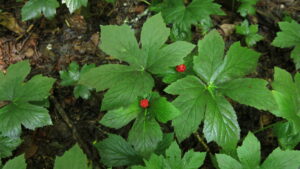
Videos From the 2020 Goldenseal Summit Now Available!
3/6/2021 – In 2020, United Plant Savers, the NC Ginseng Association, and Living Web Farms put on a virtual …


El inglés es el idioma de control de esta página. En la medida en que haya algún conflicto entre la traducción al inglés y la traducción, el inglés prevalece.
Al hacer clic en el enlace de traducción se activa un servicio de traducción gratuito para convertir la página al español. Al igual que con cualquier traducción por Internet, la conversión no es sensible al contexto y puede que no traduzca el texto en su significado original. NC State Extension no garantiza la exactitud del texto traducido. Por favor, tenga en cuenta que algunas aplicaciones y/o servicios pueden no funcionar como se espera cuando se traducen.
Inglês é o idioma de controle desta página. Na medida que haja algum conflito entre o texto original em Inglês e a tradução, o Inglês prevalece.
Ao clicar no link de tradução, um serviço gratuito de tradução será ativado para converter a página para o Português. Como em qualquer tradução pela internet, a conversão não é sensivel ao contexto e pode não ocorrer a tradução para o significado orginal. O serviço de Extensão da Carolina do Norte (NC State Extension) não garante a exatidão do texto traduzido. Por favor, observe que algumas funções ou serviços podem não funcionar como esperado após a tradução.
English is the controlling language of this page. To the extent there is any conflict between the English text and the translation, English controls.
Clicking on the translation link activates a free translation service to convert the page to Spanish. As with any Internet translation, the conversion is not context-sensitive and may not translate the text to its original meaning. NC State Extension does not guarantee the accuracy of the translated text. Please note that some applications and/or services may not function as expected when translated.
Collapse ▲
3/6/2021 – In 2020, United Plant Savers, the NC Ginseng Association, and Living Web Farms put on a virtual …

2/11/2021 – Birds can wreck havoc on a field of sweet corn and control methods are limited, especially for …

Please Join N.C. Cooperative Extension and the SE Apple Growers for a Webinar Based Meeting in 2021 Because of the …

1/6/2021 – The new Southeastern Vegetable Crop Handbook is now available online. Extension vegetable specialists across the Southeast come …
This series is designed for small farmers interested in learning about food safety and obtaining their Good Agriculture Practices …
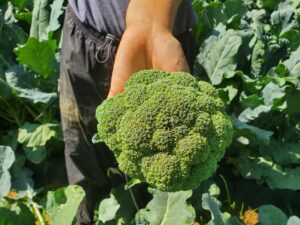
SAVE THE DATES: FEBRUARY 24 AND 25, 2021 *REGISTRATION OPEN* 12/15/2020 – The tradition of the Winter Vegetable Conference and …
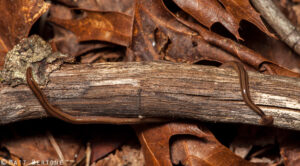
PLEASE NOTE: NC State University and local agencies (e.g. NCDA&CS) are not currently tracking species that are already known to exist …
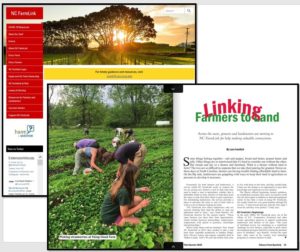
NC FarmLink was recently featured in Tobacco Farm Quarterly. In the article, found on page 18, journalist, Lara Ivanitch …

Check out this 15 minute video summary by Economist Dr. Charlie Hall on the economic, environmental, and health and …

Need answers to floriculture, vegetable, fruit, or weed questions? The Department of Horticultural Science invites you to try their powerful, but focused …
Todd Wehner won Pickle Packers International’s Hall of Fame Award on October 20, 2020. Wehner’s work includes developing cucumber cultivars resistant …
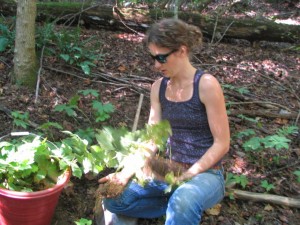
We often receive questions on how to grow Bloodroot. Margaret and Alison, with the NC Alternative Crops and Organics …
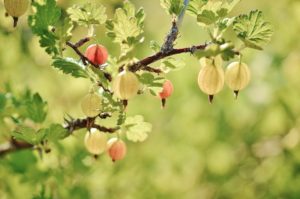
9/16/2020 – (Reviewed 8/28/2024) The short answer is “no.” You cannot legally grow currants or gooseberries in North Carolina. …
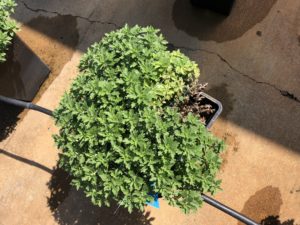
The number of chrysanthemum samples diagnosed with Fusarium wilt this year is well above average, according to NC State …

Written by Lina Quesada-Ocampo and Kimberly D’Arcangelo Cucurbit downy mildew, caused by the oomycete pathogen Pseudoperonospora cubensis, has been confirmed …

8/20/20 – Reviewed 8/28/2024 It has been decades in coming because finding funding to conduct research on growing truffles …

7/30/2020 – Written by Margaret Bloomquist, Research Associate Next year marks the 10th growing season of the Eastern Broccoli Project! This season we …

7/28/20 – Written by Margaret Bloomquist, Research Associate, and Katie Learn, Research Assistant in the North Carolina Alternative Crops …
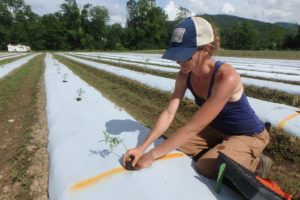
6/30/2020 – We have been a little quiet online lately as our team is learning how to manage our …

This factsheet summarizes the characteristics of bees and addresses how to control them as an …

This factsheet describes the symptoms of a shoot inhibitor herbicide injury.

This factsheet describes the symptoms of a metribuzin herbicide injury.

This factsheet describes the symptoms of a dichlobenil herbicide injury.

This factsheet describes the symptoms of a protoporphyrinogen oxidase inhibitor herbicide injury.
This pesticide factsheet covers the use and characteristics of Scythe (pelargonic acid) or Axxe (ammonium …
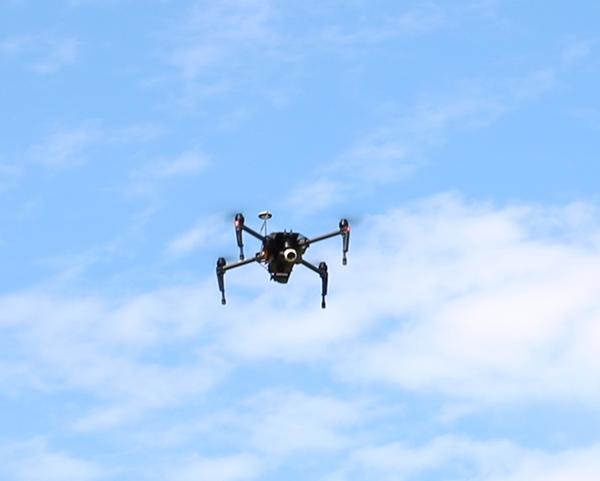
This publication discusses flying unmanned aerial vehicles (drones, model aircraft) for commercial purposes. You'll learn …
Intensive Vegetable Production refers to a system of marketing and producing vegetable crops in which …